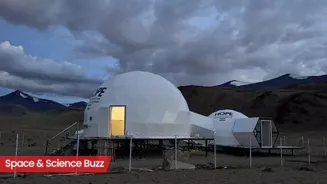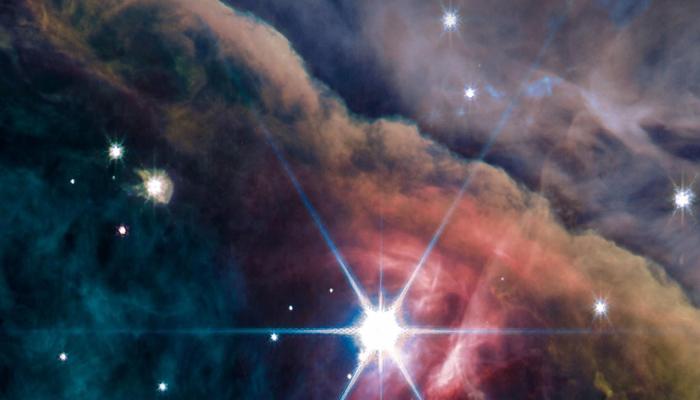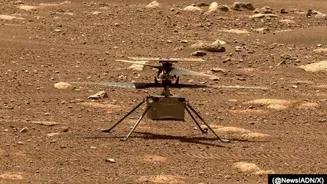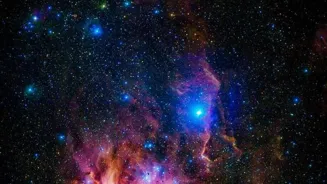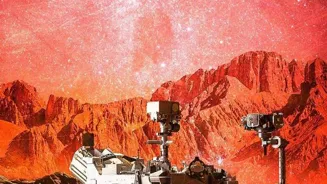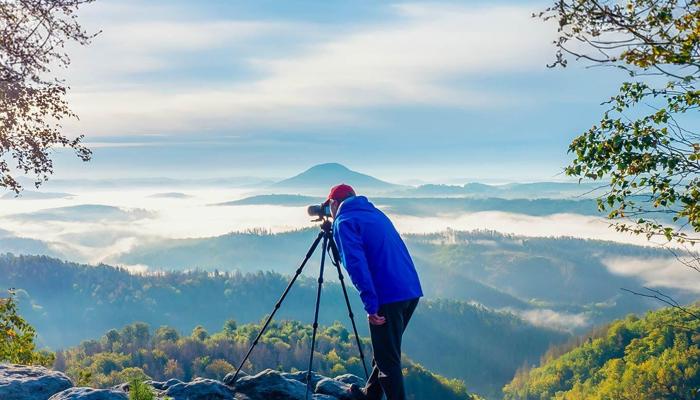Here are today’s most important updates from the realm of Science and Space.
India’s Lunar Lab: How Ladakh Became ISRO’s Moon Playground
🚨 ISRO sets up HOPE station in Ladakh to simulate life on Moon and Mars. pic.twitter.com/ZjQBuaUjLi
— Indian Tech & Infra (@IndianTechGuide) August 3, 2025
(Credit: X/@IndianTechGuide)
The Indian Space Research Organisation (ISRO) has launched the Himalayan Outpost for Planetary Exploration (HOPE) mission, a critical analogue simulation running from August 1 to 10, 2025, in Ladakh’s Tso Kar Valley. The mission is a major step in India’s preparation for future human spaceflight and interplanetary exploration, including missions to the Moon and Mars. HOPE is set up in one of Earth’s most Mars-like environments, at a high-altitude cold desert at 4,530 meters above sea level characterised by extreme cold, low air pressure, high ultraviolet radiation, and saline permafrost. This compact, self-sustaining habitat includes facilities such as hydroponic farming, kitchen, sanitary provisions, and circadian lighting, designed to simulate life-support systems for extended space missions. HOPE is part of India’s broader vision to advance human spaceflight capabilities, including the goal of an Indian crewed lunar landing by 2040, as well as eventual Mars missions.
Tick-Tock! This Is When Your Body’s Ageing Clock Speeds Up

A new scientific study has found that human ageing doesn't happen at a constant pace. While childhood and early adulthood show rapid growth and stability, researchers say the human body begins to age more quickly around the age of 50. The study, based on an analysis of protein changes across a wide range of adult ages, indicates that the rate of ageing speeds up noticeably after this milestone. Researchers found that organs and tissues begin to decline more steeply, with veins among the fastest to show signs of ageing. Researchers found a major ageing shift between ages 45 and 55, with the most dramatic protein changes in the aorta. This change can help improve early health interventions and promote healthier ageing as people approach midlife.
Life in the Martian Shadows: Cosmic Rays Could Be the Secret

A new study from NYU Abu Dhabi has found that high-energy particles from space, known as cosmic rays, could create the energy needed to support life underground on planets and moons in our solar system. The research shows that cosmic rays may not only be harmless in certain environments but could actually help microscopic life survive. These findings challenge the traditional view that life can only exist near sunlight or volcanic heat. The impact breaks water molecules apart and releases tiny particles called electrons. Some bacteria on Earth can use these electrons for energy, similar to how plants use sunlight. This process is called radiolysis, and it can power life even in dark, cold environments with no sunlight. The study found that Saturn's icy moon Enceladus had the most potential to support life in this way, followed by Mars, and then Jupiter's moon Europa.
One Diet Soda a Day? It May Spike Your Diabetes Risk by 38%

Artificial sweeteners were introduced to offer a healthier alternative to sugar – but as a new study highlights, these substitutes bring their own health risks with them. It was found that drinking just a single can of artificially sweetened soft drink a day over several years was associated with a 38 percent higher risk of developing type 2 diabetes, compared to people who rarely drank sweetened beverages. The researchers suspect that certain artificial sweeteners could be interfering with blood sugar levels, in turn contributing to an increased type 2 diabetes risk. Meanwhile, other sweeteners are known to disrupt gut bacteria, increasing glucose intolerance in the body.
